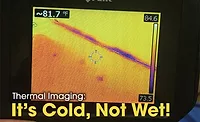Special Section: Prepping for Disaster
Heat Drying in a CAT Loss

Photos courtesy of Byrom Training and Consulting
Heat drying is a topic that is often discussed with almost a cult style narrative that usually alarms my critical reader mind instantly and I move on since it seems to scream sales ad disguised as technical info.
I have been a restorer since before the E-ties fad and before the Thermapure lawsuit, which seemed to take the industry through a bipolar phase of “it’s the only way to dry” to “don’t use it, you will be sued out of existence”, which is a pretty long stretch on either side.
This article is aimed at giving some practical technical information with no conflict of interest. I do not manufacture any heat drying equipment now nor have I ever in my career. Although I did work at Dri Eaz and assisted in testing on one of their updates on the Dragon indirect fired diesel furnace, I had no responsibilities in sales of the project since I worked exclusively for Restoration Sciences Academy, the training and technical support arm of the manufacturing company.
With that being said, let’s talk about some real situations that affect us in this industry that change our mind on what equipment we use, specifically in catastrophe events.
CAT losses can be large-scale national disasters like Harvey or Sandy, or they can be localized. Earlier this year, a client in Washington State was impacted by the Artic Freeze and received more than 103 projects in a week, with 42 of them including water from frozen pipes or ice dams or melting snow in some capacity.
In a CAT disaster, you always have a couple things working against you:
- Limited access to equipment
- Limited access to power
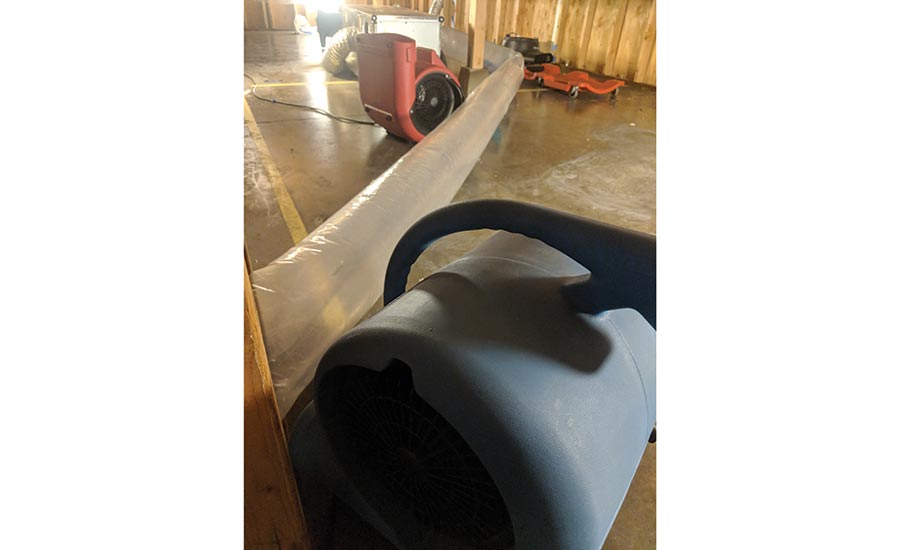
These two things affect our decision-making on equipment to deploy more than any restorer wants to admit to a paying party. The IICRC courses I teach and the marketing meetings many corporate offices share with insurance carriers or building owners include a technical decision-making process on which equipment is best suited or efficient to deliver the results needed on the project. However, in CAT situations most of the restorers will have to result to a “what do we have access to that can get the job done even if it’s not the first choice, but it is going to work in these limitations” mentality.
Heat is a great option to consider in CAT events like in the artic and polar vortex-impacted areas because heat can create the most evaporation when paired with high velocity airflow, and when it’s sub-freezing outdoors the GPP and vapor pressure readings are so low they create an atmosphere drier than any LGR dehumidifier can create. This is a fact; look at your psychrometric chart at 32°F and 99% RH and you will find a GPP better than any LGR you own. If not, I will buy you dinner at the Experience show in Vegas; just come to find me at my booth and show me a photo!
The WRT-certified readers out there might say well Mitch, what does the outdoor air have to do with using heat? It has everything to do with it. If you can use heaters to raise the temperature to a 85-102°F surface temperature on wet materials and then install an air mover with a humidistat on it with a lay-flat duct attached to it running out of the window (with a foam board barrier installed) that will turn on when the RH exceeds 60%, it will create a very efficient drying environment with an arguably more electrically effacement drying system to create the same pressure differential. If you can use an indirect-fired furnace with a fuel source vs. electricity, then it can become much more efficient. You should have access to heaters and humidistats to run this Artic drying system protocol.
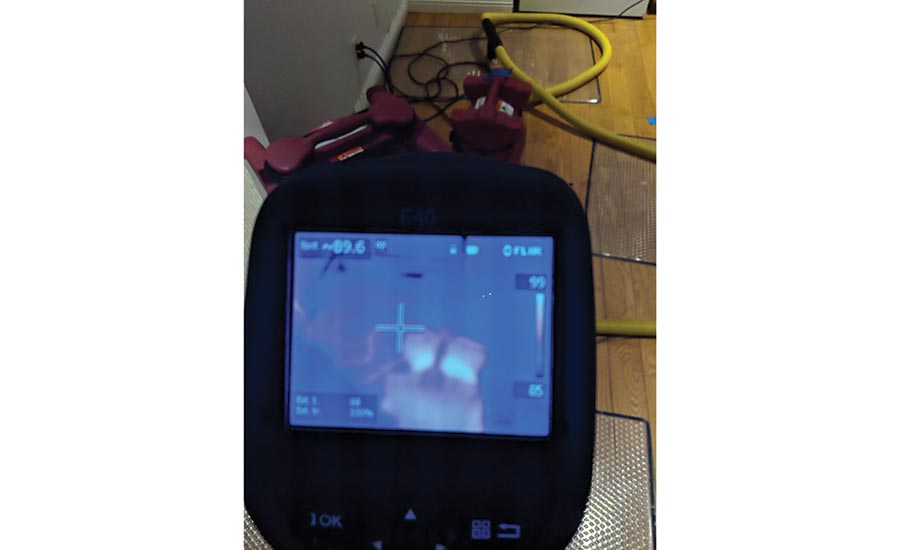
Well the next thing some of the ASD certified readers will think is Mitch that’s great but what about my Florida Panhandle projects from the hurricane when the temp is over 90 outside and the GPP is almost 100. You’re right you can’t open the doors all the time; that will let moisture into the affected areas. However, if you run out of dehumidifiers to use and you are waiting on a rental supply company or don’t have any other options you can turn on the heaters and raise the temperature of the materials until the GPP in the atmosphere is greater than the outdoor environment. You can do a temporary flush or “burp” of the project and continue to release water vapor from the materials and dry the property while you’re waiting on the additional dehumidification or AC to arrive on site. I am not saying to abandon your LGR dehumidifiers, but you can use the heaters to cover the projects on a heat and air exchange drying system while you wait on your rental fleet to arrive or your dehus to leave your higher profile jobs.
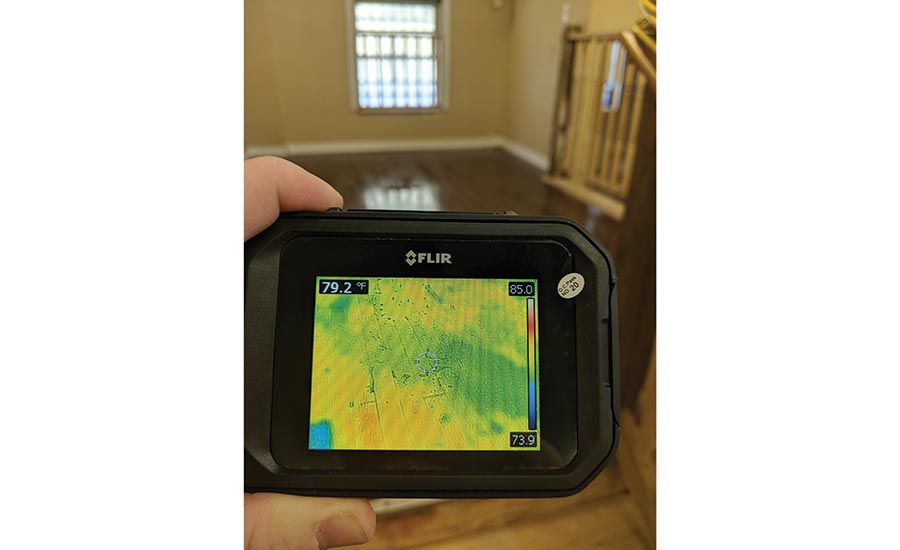
Remember, some projects have materials that require a greater vapor pressure differential to get evaporation from them due to the lower permeance of the material. This makes heat drying in some cases more efficient to get the water vapor to leave the material initially like concrete or plaster or heavy framing or wood timbers. I can tell you some projects including dense concrete and engineered joists may benefit from a 24-48-hour surface temperature blast. This will get the initial evaporation load to then be swapped out when the humidity gets higher for LGR dehumidifiers since they tend to work better in environments were the RH is higher. Remember when the dew point is low, refrigerant dehumidifiers have difficulty working because the cold coils will freeze up. So, there is a strong argument that on your commercial projects with lots of framing and concrete would benefit more from an initial heat and velocity drying cycle then move over to dehumidification.
The great thing is that after reading this you can now see that using heaters in CAT environments can be not only helpful due to a lack of power or resources of other equipment, it can actually be A GOOD DRYING DECISION as well! Now take this information and go make good decisions. When you’re asked why you used all these expensive heaters on the job, don’t say because it’s all I had, point to this article and your drying readings and say it actually made sense! Hopefully it did, but as always remember all jobs are unique and a competent drying contractor should use readings taken daily to make decisions and they should be taken by someone who is accurately documenting them.
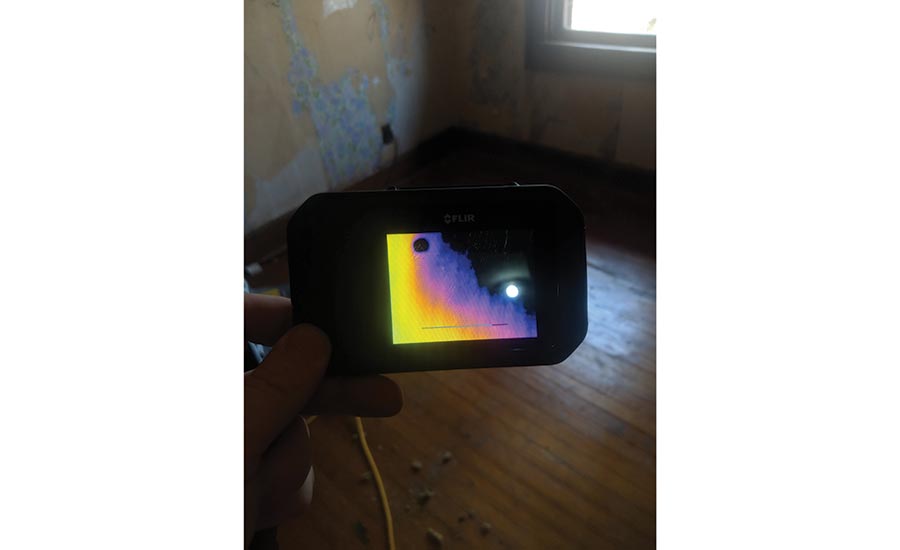
To get started right away, just tap any placeholder text (such as this) and start typing to replace it with your own.
Want to insert a picture from your files or add a shape, text box, or table? You got it! On the Insert tab of the ribbon, just tap the option you need.
Looking for a reprint of this article?
From high-res PDFs to custom plaques, order your copy today!



